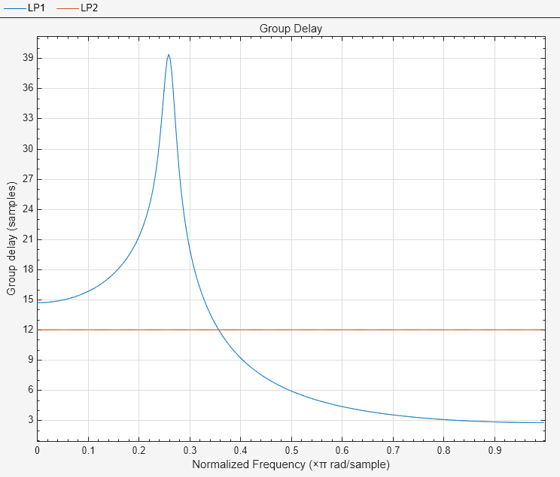addDisplays
Syntax
Description
dispnum = addDisplays(fa)fa and returns the identification number corresponding to the new
display.
addDisplays(___,AnalysisOptions=
sets the analysis options of the new displays to the values specified in
opts)opts. Use filterAnalysisOptions to create opts.
addDisplays(___, sets
the analysis options of the new displays using name-value arguments. For a list of
available options, see Name=Value)filterAnalysisOptions. Options specified this way apply to all new displays.
You cannot use this syntax and the previous one simultaneously.
Examples
Input Arguments
Output Arguments
Version History
Introduced in R2024a

